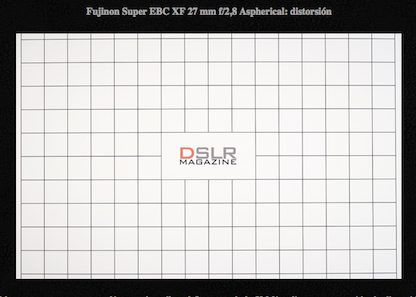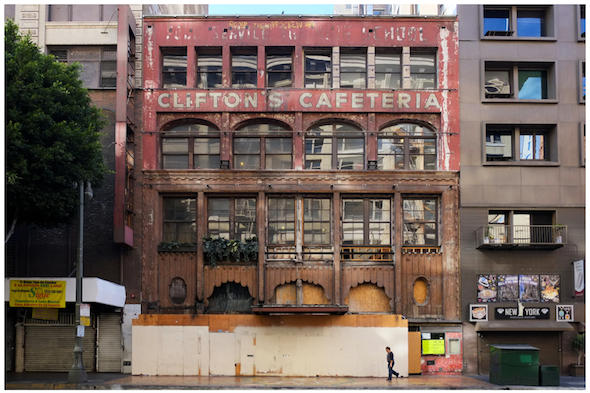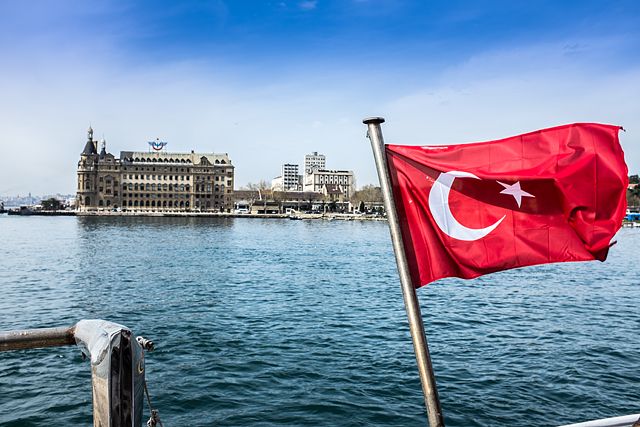X-M1
[shopcountry 13828]
– Some shots taken with the X-M1 in Bilbao. See them here at Reality Scanner’s Flickr.
– Hands on preview of the X-M1 at lensvid here. The bootom line: “Although we should emphasize again that we did test a sample camera and not a production one, we can say that if you are looking for a small and not extremely expensive mirrorless camera with the highest image quality currently on the market at this budget – the X-M1 is a very appealing choice. However if AF is a dominant factor (if you are shooting a lot of moving objects for example), if you have large hands or just can’t live without a viewfinder – there are better options on the market for you.”
X100S
[shopcountry 12883]
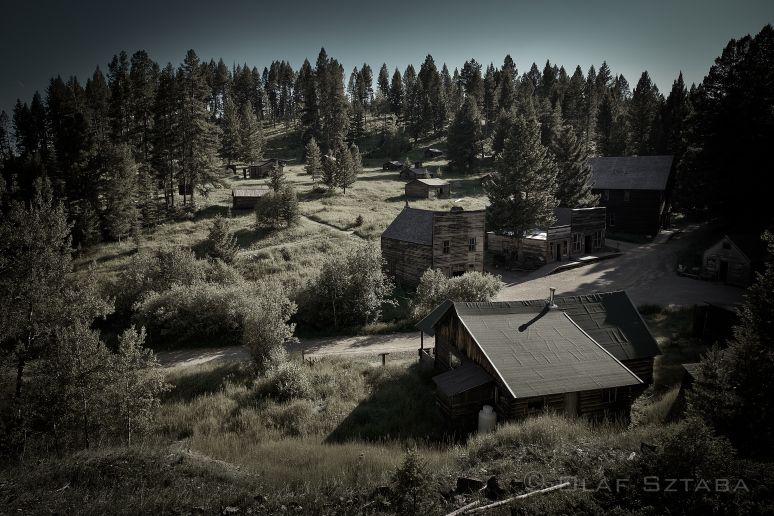
-FR-readers Olaf and Kasia were in Montana’s Ghost Towns with the Fuji X-series (X100S and X-PRO1). “Composition, light and creativity must always come before technical considerations.” So enjoy his pictures here.
– threeguyswithcameras did a review that covers the [shoplink 12883]X100S[/shoplink], the [shoplink 13071]Nikon Coolpix A[/shoplink], and the [shoplink 13349]Ricoh GR[/shoplink]. The first part is here, and part two will be coming shortly. Check it out here.
X20
[shopcountry 12884]
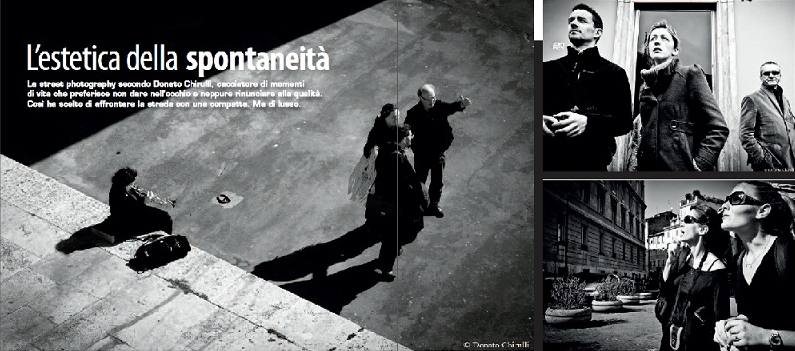
image courtesy: riflessifotografici
Street photography (with the X10/X20): Another gratification for riflessifotografici and strepher Donato Chirulli (theartofphotography1). Italian readers can now read at the well known Italian magazine fotocult.it an interview in which Donato explains his way to deal with Street Photography and, in particular, on the use of compact cameras such as the Fujifilm X10 and X20. For a review of his latest book “discovering street photography” read this interview here (translation).
X-E1
[shopcountry 12881]
– Old lenses, new tricks: using m42 lenses on the X-E1 at lightpriority.net.
– Ronmartblog’s X-E1 first part of his review (and many samples) can be read here. “This is a special camera that is extremely well built, and I really enjoy it!” And here is part two of his review. From his conclusions: “Overall, I give this camera a guarded recommendation to those who can afford to pay for the wonderful quality body and very good sensor that it offers. It’s sure to please as long as you keep yourself in good light and stay out of situations that require ISO > 800.”
lenses
– admiringlight XF 55-200 review here. “Overall, Fuji has created a truly outstanding zoom lens with the Fujinon XF 55-200mm f/3.5-4.8 R LM OIS. It’s a lens that is not only sharp throughout the range, but has excellent color rendering, beautiful bokeh and good control of lens aberrations.”
– findingrange published his Zeiss Touit 12mm review… a lot of PROS but also some CONS can be read here: “[…] optically, this lens is simply fantastic. It renders very nicely, and it’s so incredibly sharp. Optically, I don’t really think you could ask for more from a lens. A super wide angle lens like this takes some time to get use to, so if you’re not sure if this is a lens for you, go to a good local dealer […], and ask them if you could try it out.”
– FR-reader Tjeerd shared via FR-facebook his Zeiss 12mm fotoshoot and review. You can check it out here. His conclusions: “The Zeiss Touit 12mm f/2.8 is a very high quality lens. It’s fun to use and gives you a lot of creative options. It’s ultra wide and should fill in the gap where the 18mm or 35mm can’t reach. It’s quite light, compact and feels very durable. Even though 2 mm doesn’t sound like much, on a wide end it makes quite a bit of difference I presume. Should you get this one over the Fuji 14mm? Well with a price difference of 220 euros, it’s up to you if the extra 2mm and the Zeiss logo is worth it.”
X-PRO1 (and firmware 3.01)
[shopcountry 12882]
– Xavier: “Hello Patrick, Thank your for your great blog, It’s my first read each day :) I contact you because of a problem I have with my X-Pro1 since firmware update 3.0 (and still with the 3.01). It’s seems that there’s a little community who have the same issue, and I’m surprised that nobody talks about it on your website. It’s a problem of freezing when taking a picture, and the only way to shut the camera off, or to continue to use it, is the removal of the battery. Then, when the battery is back in, and the camera switched on, it works normally. Until the next freeze. This happens very often. I say you that because of the impact your blog can have on Fuji, perhaps if you mention it, Fuji will give a look at the problem and work on a new update that fix it. Who knows… Thank you for your time, and thank you for your so useful blog ! Xavier (flickr)”
– “The Fujifilm X-Pro1 – A Year in Review” at binaryframe here: “The Fujifilm X-Pro1 has been an important camera in my life. It has fundamentally altered my lifestyle to the extent that I am now immersed in the art of photography. It is my constant companion for documenting life and carries the responsibility of capturing memories with the same vivid expression that I recall in my mind. In this task it succeeds spectacularly.”




